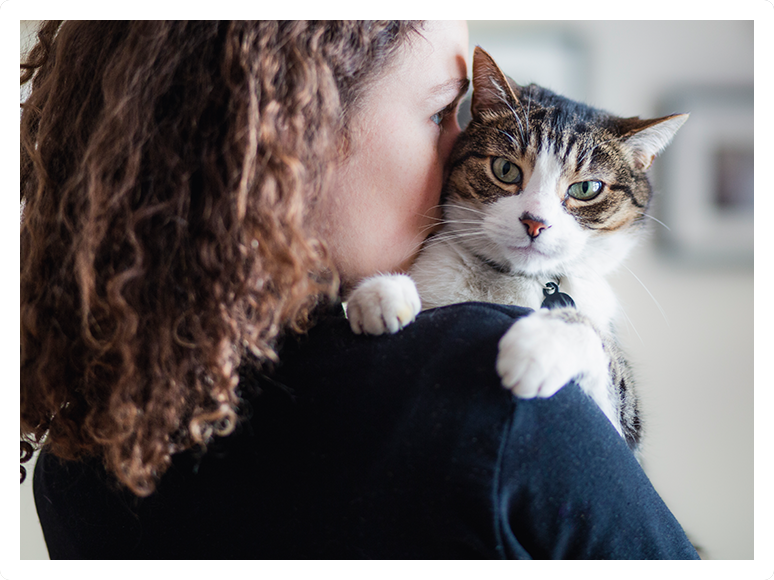ULTRASOUND FAQs
An ultrasound is a non-invasive way of looking inside your pet’s abdomen at their organs without having to perform surgery. The ultrasound machine sends sound waves into the body and then listens for the echoes, the machine then uses these echoes to form a picture of the inside of your pet. Don’t worry, these sound waves are too high in pitch for us, or any of our patients, to hear and produce no harmful effects.
WHY DOES MY PET NEED AN ULTRASOUND EXAM?
Ultrasound exams are performed for many reasons just like in human medicine.
In veterinary medicine, our patients are unable to talk and communicate
to us what is wrong and because ultrasound is a safe, non-invasive and
repeatable way to look inside the body, it has become a very useful tool
for veterinarians in order to diagnose and treat many problems.
We care about your pet as much as you do and want the ultrasound exam to be a positive experience for both of you. Please feel free to ask us questions, we will do our best to provide you with the information you need
WHAT WILL YOU BE ABLE TO TELL BY DOING THE ULTRASOUND EXAM?
Ultrasound allows us to examine internal organs for location, size, shape,
texture and blood supply. Unfortunately, ultrasound does not always give
us a clear picture of how well the specific organ is working. This may
be determined by other tests such as bloodwork or additional imaging.
It is not uncommon to find masses within the organs being examined by ultrasound. It cannot always be determined by ultrasound alone if the mass is benign (non-cancerous) or malignant (cancer). The doctor will look at your pet’s medical history and current concern, as well as the entire ultrasound exam to make a diagnosis and recommendations for further tests.
Further tests may include an ultrasound-guided aspirate of a mass found on ultrasound (obtaining a very small sample of the tissue with a needle), bloodwork, additional imaging, recheck imaging or surgery. You will always be contacted prior to any additional procedures.
WHY DOES MY PET HAVE TO BE SHAVED?
To obtain the best ultrasound images possible, good contact between the
ultrasound probe and your pet’s skin is necessary. Sound waves don’t
like to travel through hair! Your pet will need to have the fur shaved
from the area being scanned. If it is cold weather and your pet spends
time outdoors, you may wish to provide a sweater or additional bedding
while their fur re-grows.
AFTER THE EXAM
After the exam, the doctor will discuss your pet’s results with you
and make recommendations for follow-up care with your primary care veterinarian.
You will be provided with discharge instructions in the event your pet needed sedation or additional diagnostics by the technician or doctor during your discharge appointment.

OUR CORE VALUES
WE CARE ABOUT YOU AND YOUR PET-
Experience
Caring for pets since 1962.
-
Knowledge
Unparalleled medical care in a compassionate atmosphere.
-
Partnership
We listen and partner with you to provide the best care for your pet.

We've Helped Other Furry Friends Like yours!
-
“Our puppies actually enjoy coming here.”
- Jennifer S. -
“They are thorough and friendly.”
- Marden M. -
“Enthusiastically recommend!”
- Kate A.




